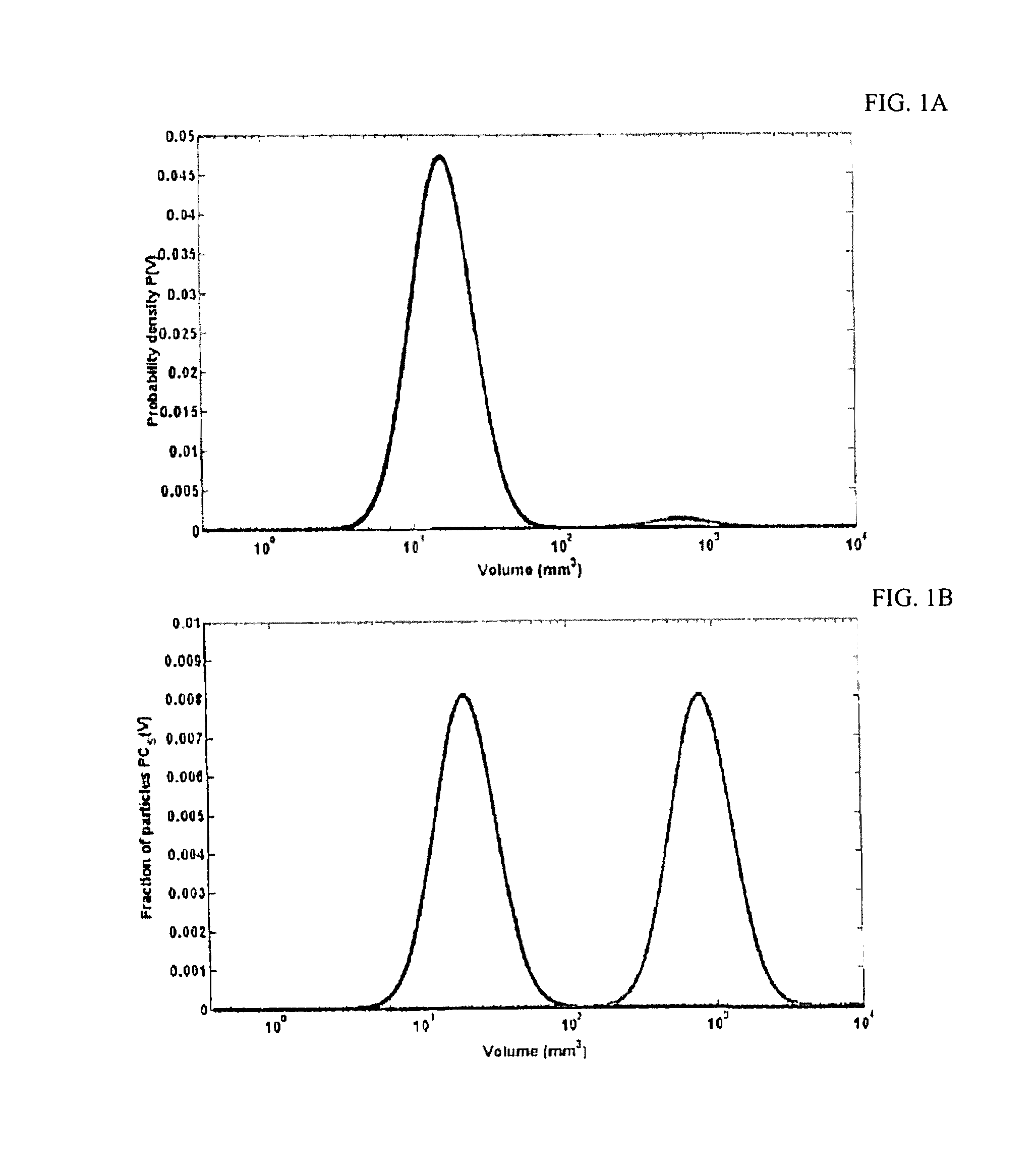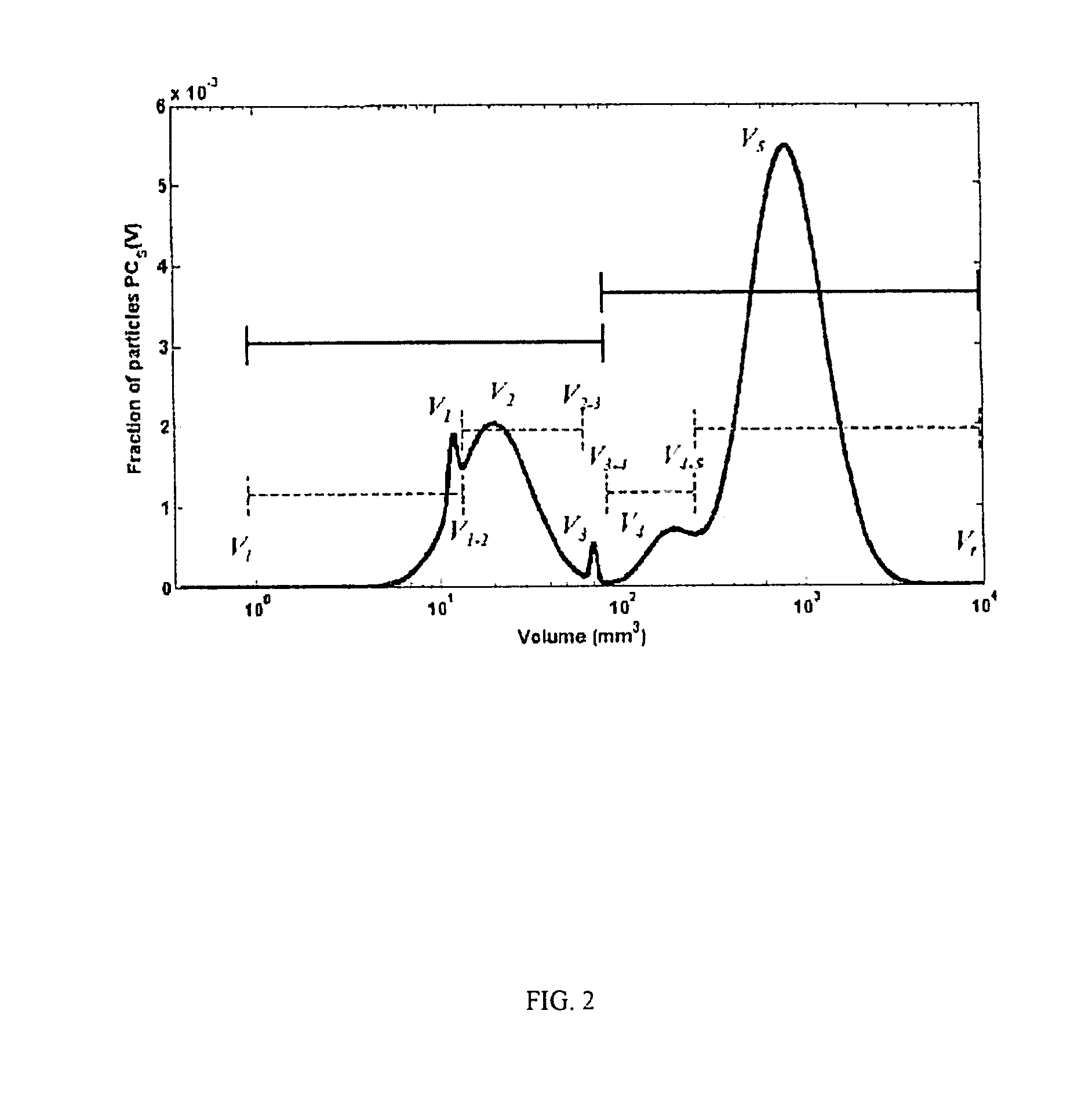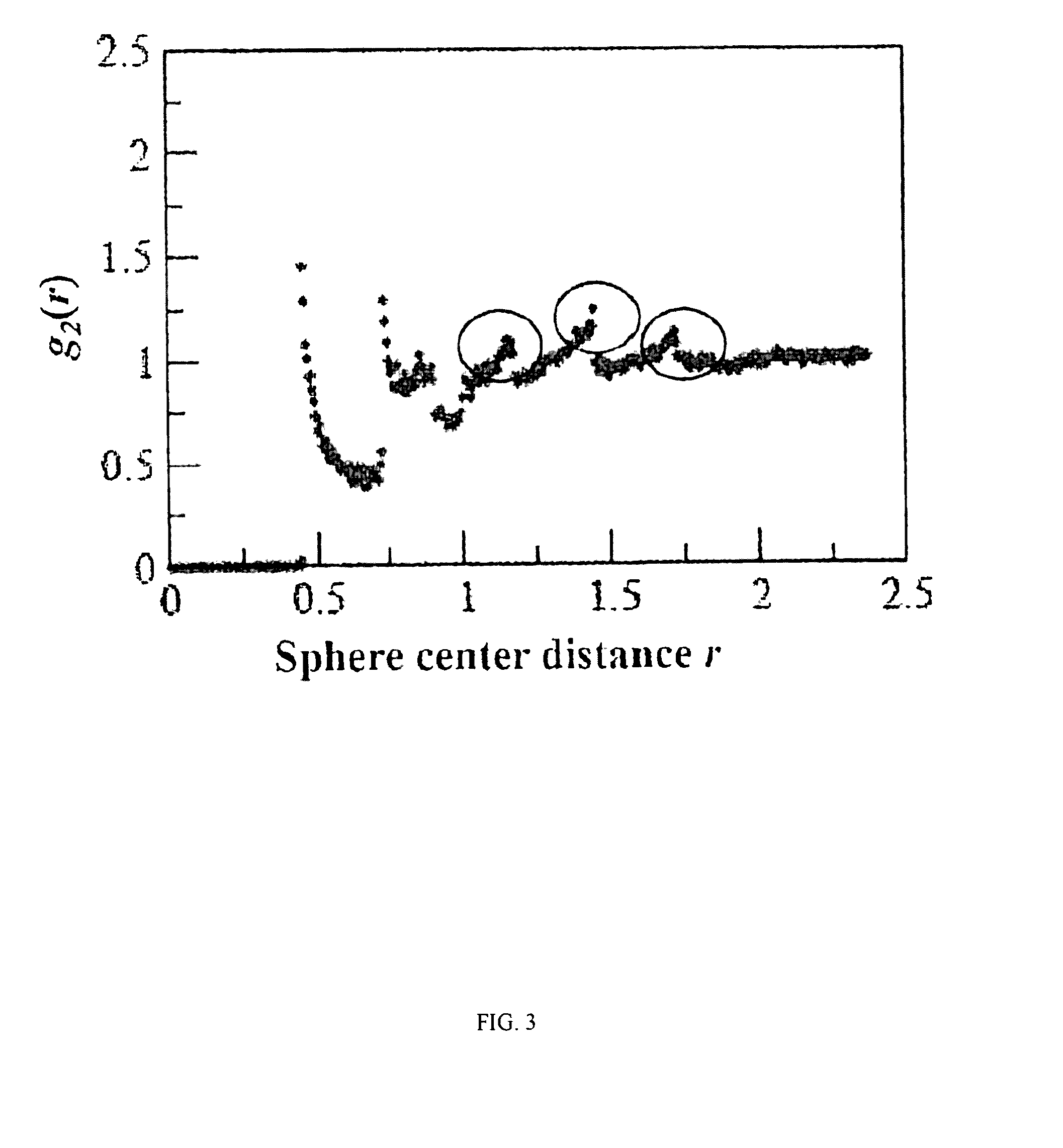Density enhancement methods and compositions
a density enhancement and composition technology, applied in the field of density enhancement methods and compositions, can solve the problems of large problem of not being able to achieve general tractability of granular composite design based on constituent geometry and characteristics, and the strength of finished armor is not only difficult to fabricate but also stronger, so as to achieve more reproducible manufacturing, improve thermal conductivity, and reduce porosity
- Summary
- Abstract
- Description
- Claims
- Application Information
AI Technical Summary
Benefits of technology
Problems solved by technology
Method used
Image
Examples
example 1
[0149]This is an example of the production of a dense powder for additive manufacturing purposes without using the GCDEP. Ti 6-4 (Ti-6Al-4V, or titanium containing (by weight) about 6% aluminum, 4% vanadium, and some minimal trace elements, including but not limited to iron and oxygen). In this example, two groups of Ti 6-4 particles of commercial purity with a large difference in averages particle sizes are used to produce a compacted metal powder with porosity of approximately 18%. The first group of particles exhibit approximately normally distributed volumes with average particle volume of about 8,000 μm3 (effective diameter of about 25 μm) and a small diameter standard deviation of 5 μm. The volumes of the second group are approximately log-normally distributed according to effective diameters (meaning an approximately normally distributed passing curve, and also volume probability density function, as a function of the logarithm of particle effective diameter or logarithm of p...
example 2
[0150]This is an example of the production of a dense powder for additive manufacturing purposes without using the GCDEP. 316 Stainless Steel (approximately 16.5% carbon, 12% chromium, 3% nickel, 1.4% molybdenum, 0.8% silicon, and trace phosphorus, sulfur, other elements). In this example, stainless steel particles of commercial purity in a single group exhibiting a continuous, approximately log-normally distributed size (diameter) probability density function with average particle effective diameter of about 50 nm (effective volume of 65,000 nm3), sphericity of 0.86, and frictional coefficient of 0.52, are used to produce a powder with porosity of about 20%. To accomplish this, the geometric standard deviation of the particle group must be about 5.5 μm, meaning that 5% of the total volume of particles will be greater than 1 mm in diameter (and 40% greater than 100 μm in diameter). In this case, for additive manufacturing, a vibration step will be advantageous in reducing porosity, ...
example 3
[0151]This is an example of the production of a dense granular composite using the GCDEP. Two groups of flint glass (also called soda-lime) beads with high sphericity >0.98 and low static coefficient of friction <0.05 are to be mixed to form a macroscopic filter. The larger group of beads are 10 mm in diameter and the smaller are 2 mm in diameter. The bead mixtures are highly uniform, i.e., the standard deviation of the volume probability density function of each group is approximately zero. Referring to Table 1, a catalogue of various critical porosity values for simulated mixtures of frictionless spheres at various small to large average sphere diameter (and volume) ratios (simulations conducted using the TJ algorithm), the minimum porosity of 21.6% is found to occur at a relative volume fraction of small spheres of 20.6%. No compaction or vibration step is necessary to achieve this porosity; in fact, excess vibration will result in phase separation of the beads at these size rati...
PUM
| Property | Measurement | Unit |
|---|---|---|
| porosity | aaaaa | aaaaa |
| volume fraction | aaaaa | aaaaa |
| porosity | aaaaa | aaaaa |
Abstract
Description
Claims
Application Information
 Login to View More
Login to View More - R&D
- Intellectual Property
- Life Sciences
- Materials
- Tech Scout
- Unparalleled Data Quality
- Higher Quality Content
- 60% Fewer Hallucinations
Browse by: Latest US Patents, China's latest patents, Technical Efficacy Thesaurus, Application Domain, Technology Topic, Popular Technical Reports.
© 2025 PatSnap. All rights reserved.Legal|Privacy policy|Modern Slavery Act Transparency Statement|Sitemap|About US| Contact US: help@patsnap.com



